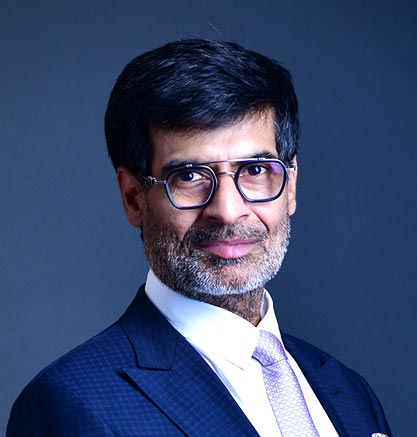-
CENTRES
Progammes & Centres
Location
How will the US establishment come to terms with the fact that for the better part of the 21st century, India will be the larger economic partner? Has Delhi realised the potential and consequences of this shift?

The postponement of the high level ‘2+2 dialogue’ between India and the US yet again has resulted in a flurry of commentaries, with some even suggesting a crisis in the bilateral.
The public differences on key issues, ranging from trade, to work visas and the Iran sanctions, coupled with questions around the personal chemistry between Prime Minister Narendra Modi and US President Donald Trump have left many speculating on the future of this relationship. While this may be an over-reaction, we must use this opportunity to reflect and analyse the state of the bilateral and assess if we are indeed heading into choppy waters.It is worth reiterating some characteristics and realities that have shaped the India-US partnership in recent decades. The transformational changes in world politics through the 1990s were important and sparked a realisation in both capitals that investing in each other was a priority. Overtime, top-level political leadership in both countries have translated this into a sustained partnership with great potential to shape regional and global affairs.
China’s rise only accelerated this strategic partnership, especially in the Western Pacific and the Eastern Indian Ocean, leading to the conceptualisation of the ‘Indo-Pacific’ region — its importance reinforced by the rechristening of the US (Indo) Pacific Command.
Throughout this, American ambivalence to the India-Russia relationship, and a willingness by both countries to temporarily set aside differences on Pakistan, Iran and economic policy allowed them to strengthen the bilateral agenda.
Today, the assessments in Delhi and Washington DC are visibly changing — in terms of the how the world is ordered, what the new covenants must be, and indeed, in their expectations of each other. It is, therefore, necessary to consider what has changed, what remains unchanged, and what is needed now. For one thing, there is little evidence that would suggest any dilution in the investments that both PM Modi and President Trump have made in this relationship. While enthusiasm at the political leadership level is welcome, recent events suggest that the perception of ambivalence at the top may well give bureaucracies in both countries the opportunity to revert to the old policies of the 1970s and 1980s. Which is why Washington and New Delhi must now interrogate if such a top-down structure for this important relationship is sustainable and if the relationship needs more champions. While both countries have done well to institutionalise their relationship over the past two decades, the economic and political demands on this partnership are going to grow manifold — and it is now necessary to strengthen and expand these structures in order to sustain continuity irrespective of the prevailing political mood.This commentary originally appeared on News18.
The views expressed above belong to the author(s). ORF research and analyses now available on Telegram! Click here to access our curated content — blogs, longforms and interviews.

Samir Saran is the President of the Observer Research Foundation (ORF), India’s premier think tank, headquartered in New Delhi with affiliates in North America and ...
Read More +